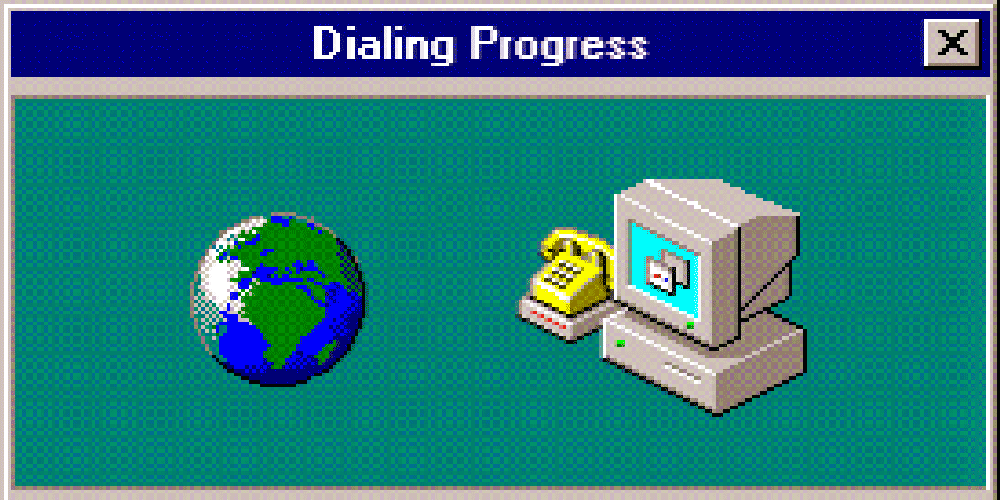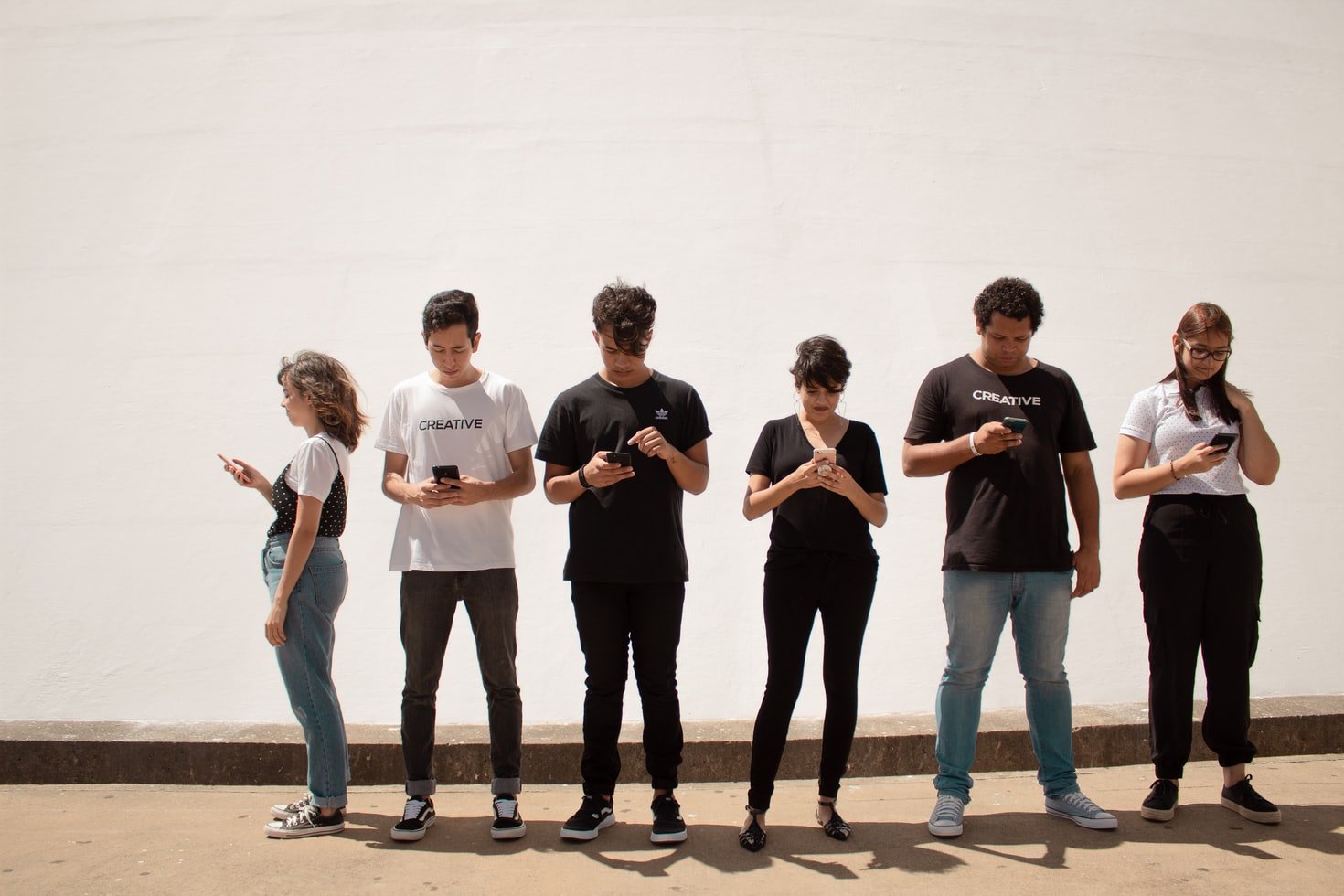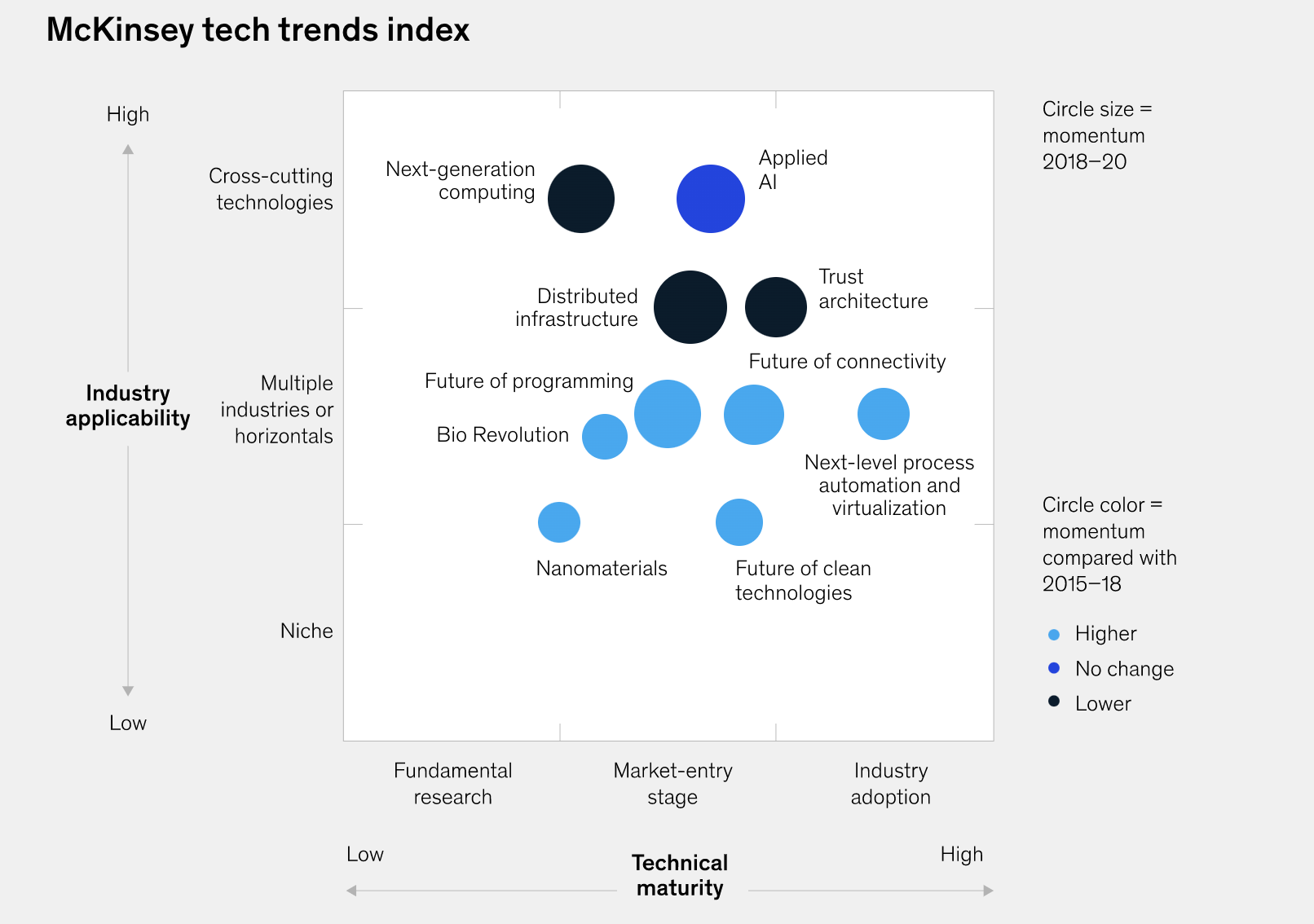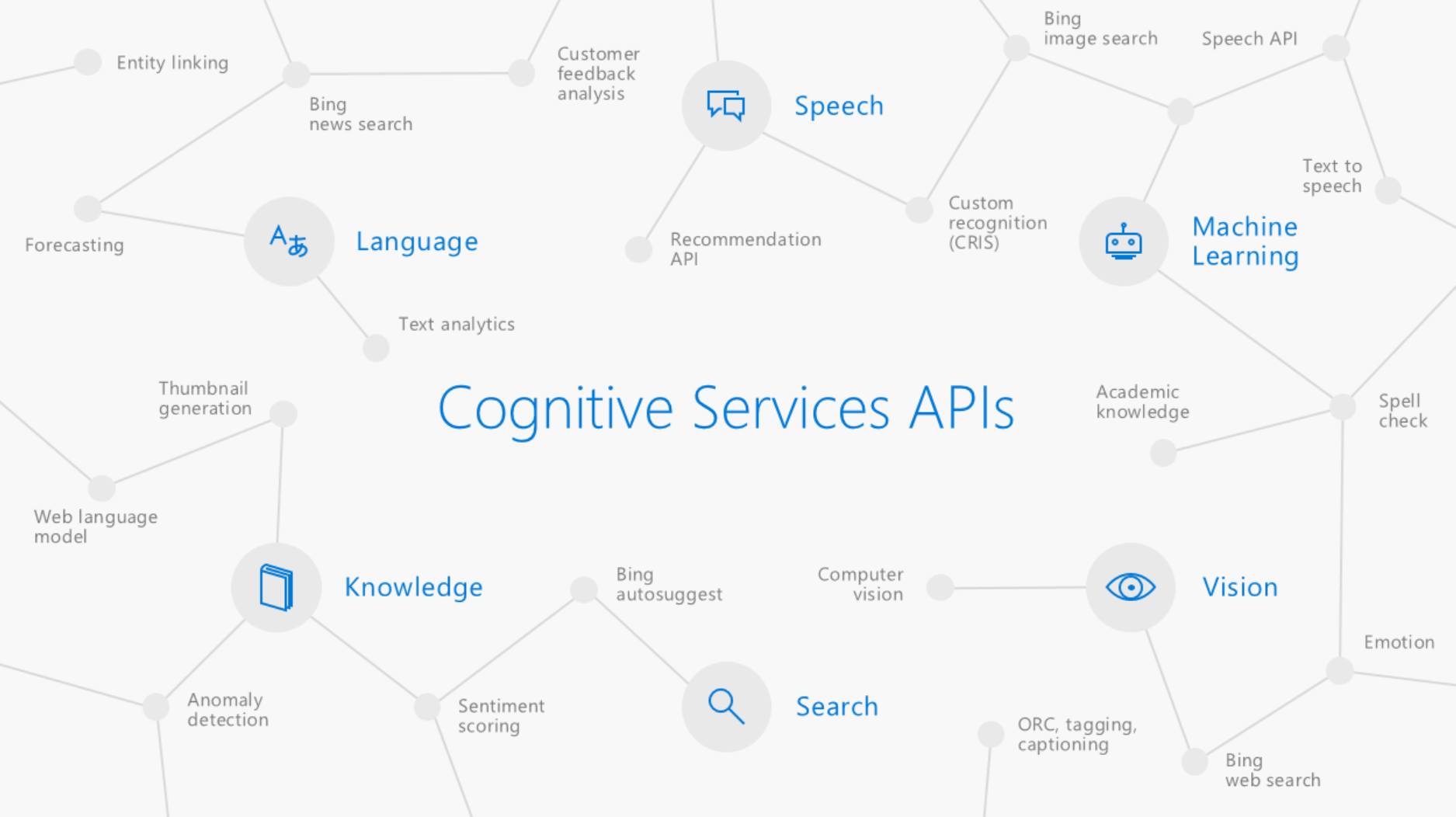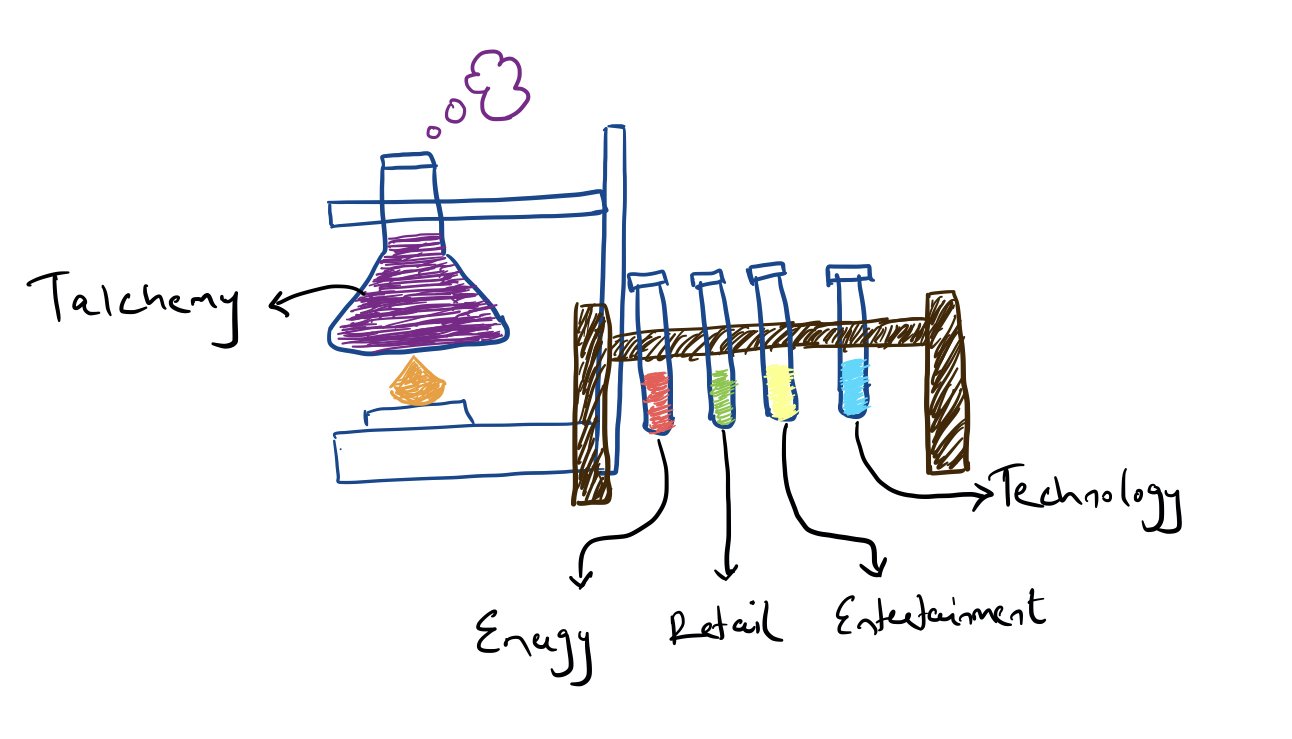The Talchemic Future: Alchemy Powered By Technology
Is Amazon an online retailer, an entertainment or a cloud computing company?
Is Microsoft a software company, a cloud provider, a professional networking company, a gaming company or a hardware company?
Technology has extended beyond being an industry unto itself and power a kind of cross industry alchemy, creating morphed ‘Talchemic’ entities. These entities will create, apply and optimise digital technology to control massive consumer and business markets.
But how did we come to now? Let’s dive into history to understand the evolution of technology before making sense of where it’s headed.
This video chart gives a historical view of the companies with the highest market cap since 1995. The top 5 companies in 1995 were GE, Exxon, AT&T, Coca Cola and Walmart, with a market cap not very far apart from each other. They represented the energy, retail, communication and food & beverage industries. Rewind a little further back in time a few more years and you will find General Motors and Ford from the auto industry also on the list. Fast forward to 2020 and you can see the list of leaders dominated by tech, with a market cap far ahead and out of reach from the rest of the pack below (watch Apple hop, skip and jump the list from 2008 to 2011). This phenomenon begs two big questions:
What changed in the last 25 years?
What could this chart look like in 2045, 25 years down the line?
The pre 1995 world was an intersection between the second and third industrial revolution. The companies that dominated did so on the back of increasing global trade in goods and services, banking regulations, the personal computer and mechanised factory production. The world has since shifted.
There are 3 key trends that have helped big tech dominate since 1995, and all of these have to do with easing and owning the path for every human to digitally connect and transact with one another across the planet.
Internet
The internet is the infrastructure that has enabled connection at scale. Web 1.0 was when dial up connections were used to make the internet available to the public (previously access was confined to a small number of universities). Further, browsers made it easy for a limited number of people to access print media by visiting websites and using email, in an isolated manner. A massive investment in broadband and telecom created the base for Web 2.0 - a shift to a faster, more interactive and conversational internet with social media.
Source: https://chrisrempel.com/part-1-the-internet-is-having-a-kodak-moment/
Smartphone
The smartphone became the gateway to the internet and enabled convenience at scale. This led to a multifold increase in users and usage of the internet on a daily basis. Further, by giving half the world’s population a world-class camera, and one-click access to global distribution channels (social apps, Youtube, Twitter, Reddit, etc), everyone has turned into a micro-publisher, exponentially increasing the volume of content being published. But arguably the most important role that smartphones have played in the last decade is in augmentation. Smartphones have provided a platform for true business model alchemy; think about how quickly the App Store went from offering $2 puzzle games to forging world-changing businesses like AirBNB, Square, Uber, Tinder, DoorDash, Pokemon Go and many others.
Source: https://chrisrempel.com/part-1-the-internet-is-having-a-kodak-moment/
Cloud
The cloud is the infrastructure that has enabled performance at scale. In 1965, Gordon Moore (cofounder of Intel) predicted that roughly every two years, the number of transistors on microchips will double. This prediction came through leading to electronic chips becoming more powerful in processing information. More powerful chips enabled computers to become faster, cheaper and smaller leading to mass scale adoption across the world. This phenomenon opened up the possibility of an intergalactic computer network where individuals and companies ended up sharing a pool of computing, storage and networking resources. Computer clusters far away on the internet in cyberspace did all the heavy lifting of crunching and processing the information, rather than the individual’s or company’s local computers. This has become one of the fastest growing technology segments and has transformed how apps are created and scaled, and how companies manage their growth.
Source: https://www.bain.com/insights/topics/technology-report/
The Talchemic Entity
Over the last 25 years, technology has cemented itself as the foundation of the global economy. The internet along with computing (the service of storing and processing information) have become a public utility just like electricity and the telephone, and have laid the building blocks for the next big set of technological trends.
Here are 3 such trends:
Democratised and Applied Artificial Intelligence (AI)
Data is exploding. By 2025, the amount of data will double every 12 hours—suggesting that humanity will either be twice as smart or half as smart between the times we wake up and go to sleep. In the midst of this abundance of information, we’re still constrained by our human capacity to absorb it. To keep pace, we will have to partner with machines to make better sense of the world. That’s the essence of what AI is. The democratisation of AI will be to build the world’s most powerful AI supercomputer and make it available to anyone, via the cloud. It will be the ability to infuse every application that we interact with, on any device, at any point in time, with intelligence. Applied AI on the other hand will be the ability to augment nearly every aspect of human - machine interaction. It will be the ability to train machines to recognise patterns and interpret and act on those patterns - including videos, images, text and audio.
Beyond Silicon: A move from CPU to GPU
As Moore’s law slows down with silicon reaching its limit of performance, the next generation of computing power will come from specialised microchips called ASICs (application specific integrated circuits). General purpose central processing units (CPUs) that have powered computers for decades will make way for much faster and more specialised graphical processing units (GPUs).
Web 3.0
If Web 1.0 made everyone a researcher, Web 2.0 made everyone a publisher, and Web 2.5 made everyone an asset, Web 3.0 with crypto and its blockchain infrastructure will make everyone an owner. Fractional ownership will become as mainstream and customary as an email / password. With Web 3.0, women, men, machines & businesses will be able to trade value, information & work with global counter-parties they don’t know or yet explicitly trust, without an intermediary. Web 3.0 will enable us to interact with any individual or machine in the world, without having to pass through fee-charging middlemen. This shift will enable a whole new wave of previously unimaginable businesses and business models: from global co-operatives to decentralised autonomous organisations.
As technology becomes ubiquitous and pervasive across multiple vertical industries, we will see the number of pure “technology companies” shrink. Companies will no longer compete around the best hardware, software or communications technology. Instead, the next 25 years will see dominance of the ‘Talchemic’ entity that will combine and integrate different technologies to jump across categories and markets.
Finance + Retail + Tech
A bank using Web3.0 protocols to build the digital payment infrastructure for every individual, thereby having a chance to own a share of all the commerce around the world.
Energy + Transport + Tech
An electric vehicle company using AI and GPU processing to make every vehicle a computer on wheels, leading to the possible creation of a platform that other electric transport companies can use to launch new vehicles.
Entertainment + Education + Tech
An entertainment company using AI and GPUs to create content using augmented reality. This company could also add educational experiences along with a Web3.0 compatible digital credentialing system.
Health + Fitness + Tech
A pharmaceutical company using AI and GPUs to create hyper personalised medicines based on people’s unique genes. This company could also add a Web3.0 fitness token to support people’s everyday fitness routine.


